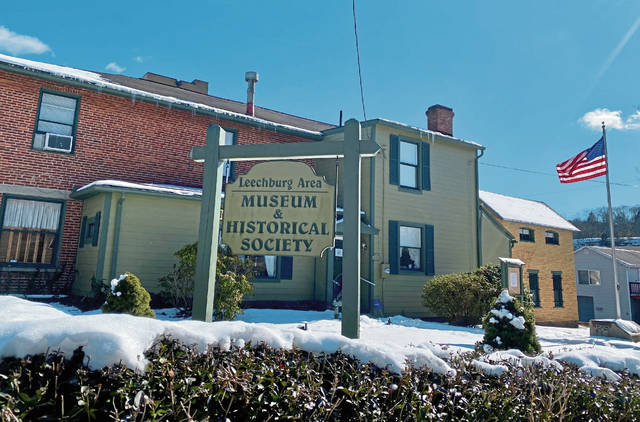Leechburg historical society to honor Black Civil War veteran Joseph Kelly
The only known Black Civil War veteran buried in Leechburg is being honored by the Leechburg Area Museum and Historical Society.
The museum is adding a new display, scheduled for completion in March, commemorating the life and service of Joseph Kelly.
“It’s an important piece of the town’s history both militarily and culturally,” said Leechburg Area Museum and Historical Society President Larry Boehm.
Boehm said Kelly’s original marble gravestone was replaced in 1994 because of deterioration.
“It’s a piece of history, and it’s in fair condition. I cleaned it, but it’s fragile and it will make a good talking piece and will be the centerpiece of the display,” Boehm said.
The historical society said Kelly enlisted and was mustered into service Aug. 29, 1864, as a sergeant in the U.S. Colored Troops (USCT) 127th Regiment, Company F.
He was one of more than 11,000 free Black people — including 8,692 from Pennsylvania, the most from a Northern state — who trained at Camp William Penn in Montgomery County’s Cheltenham Township, notable as the first training ground for Black troops.
Kelly enlisted as a sub, meaning he took the place of a man who had been drafted in exchange for $300 (about $5,000 today).
“The reality is someone, likely a wealthy businessman, paid Kelly to go fight in his place. And it was legal as long as Kelly agreed to do it and was compensated,” Boehm said. “It was a rule meant to favor the wealthy.”
“We know he willingly served a nation that did not treat him equally,” Boehm said.
Kelly suffered injuries during the Battle at Deep Bottom in Virginia and served in Texas helping guard the Mexican frontier.
“Kelly suffered partial deafness from the heavy fire,” Boehm said.
After the war, Kelly returned to Gilpin in 1865, settling on a small farm along Evergreen Road.
He operated a barber shop in Freeport and later Leechburg, was married and had at least five children.
“We know from signed statements that Kelly was well thought of by his fellow citizens,” Boehm said.
His gravestone doesn’t include a date of death. It’s down a hillside in what was then called the “Black part” of the cemetery, Boehm said.
“In that time, it was customary for African Americans to be buried apart from their white counterparts, a custom we are glad to see gone now,” Boehm said.
Joyce Hanz is a native of Charleston, S.C. and is a features reporter covering the Pittsburgh region. She majored in media arts and graduated from the University of South Carolina. She can be reached at jhanz@triblive.com
Remove the ads from your TribLIVE reading experience but still support the journalists who create the content with TribLIVE Ad-Free.



